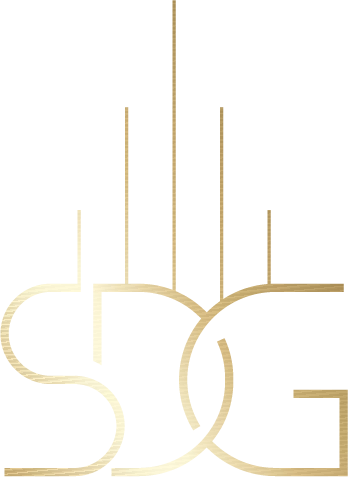8 Must-Haves in Multi-Family Building Interior Design
When it comes to designing multi-family buildings, the balance between aesthetic, functionality, and comfort is key. Whether you’re an architect, a developer, or just a curious mind, understanding the essentials of space planning services in these buildings can transform the way you approach their design.
Dive into these must-haves that make multi-family buildings not just livable but lovable.
1. Seamless Indoor-Outdoor Transitions
In the realm of multi-family housing, the seamless integration of indoor and outdoor spaces has become a cornerstone of modern design. Projects like SkyTerrace @ Dawson showcase how green terracing and roof gardens can create a fluid transition between the interior and exterior, fostering a connection with nature. These designs exemplify the potential of architecture to merge living spaces with the environment, enhancing the quality of life for residents by offering them an oasis in the heart of the city.
By incorporating abundant green spaces, architects can create self-sustaining ecosystems within multi-family complexes. The integration of rainwater harvesting and solar energy systems, as seen in the Greenmark Platinum project SkyTerrace @ Dawson, not only connects residents with nature but also promotes sustainable living practices. These developments are leading the way in demonstrating how multifamily buildings can contribute positively to the urban landscape.
2. Flexible Living Spaces
Flexible living spaces have become a hallmark of contemporary urban design, emphasizing the need for spaces that adapt to the varied and dynamic lifestyles of their inhabitants. Inspired by the adaptive architecture movement, revolutionizing workspaces for a more flexible and dynamic future shows how principles applied in the workplace can be integrated into multi-family housing to meet the demands of modern living. The goal is to design spaces that can easily transition between work, leisure, and living to accommodate the ever-changing needs of residents.
Implementing adaptive design in multi-family buildings allows for the customization of living areas, creating opportunities for residents to personalize their spaces. This not only enhances the functionality of each unit but also contributes to a sense of ownership and individuality among residents, fostering a diverse community that values flexibility and innovation in their living environments.
3. Community Enhancing Amenities
Amenity spaces in multi-family buildings do more than just add luxury; they serve as key places for interaction and community building. Features such as communal kitchens, fitness centers, and rooftop gardens encourage residents to come together, fostering a strong sense of community. Highlighting the importance of community zones, these spaces act as modern-day agoras where ideas and friendships can flourish. Designing for community means creating spaces that invite residents to engage with each other, share experiences, and build relationships, transforming a building into a vibrant living environment.
4. Eco-Friendly Elements
Sustainability is no longer just a buzzword; it’s a necessary consideration in the design of multi-family buildings. Implementing eco-friendly elements like solar panels, green roofs, and energy-efficient appliances are key to reducing the carbon footprint of these structures. As shown in the SkyTerrace @ Dawson project, achieving the Greenmark Platinum certification is a testament to a building’s commitment to sustainability. These elements not only benefit the environment but also lead to long-term savings for residents, making sustainable living both appealing and attainable.
5. Innovative Storage Solutions
The challenge of integrating sufficient storage into compact living environments has led to innovative solutions in multi-family building designs. From built-in wall units to multi-functional furniture, innovative storage solutions are essential for maintaining clutter-free and spacious interiors. These designs not only maximize space but also enhance the aesthetic appeal of homes, demonstrating that functionality and beauty can coexist in small spaces.
6. Smart Home Technologies
In an era where technology is ingrained in our daily lives, integrating smart home technologies into multi-family buildings is a must. Features like programmable thermostats, smart locks, and energy-efficient lighting systems offer residents convenience and security, while also promoting environmental responsibility. Embracing smart home technologies enhances the living experience by providing residents with control over their environment, adding a layer of sophistication and modernity to their homes.
7. Accessible Design
Ensuring that multi-family buildings are accessible to people of all ages and abilities is fundamental. Incorporating elements such as elevators, wide doorways, and barrier-free designs are not just a matter of compliance but of inclusivity. Accessible design means creating a living environment where everyone, regardless of their physical capabilities, can feel comfortable and independent. This approach to designing inclusive spaces is crucial for building communities that are welcoming and supportive for all residents.
8. Spaces that Promote Well-being
The design of multi-family buildings has a significant impact on the well-being of its residents. Incorporating natural light, ventilation, and green spaces are essential for promoting a healthy and happy living environment. Projects like the Sydney Duplex demonstrate how passive design solutions can be employed to create homes that are not only energy-efficient but also conducive to the well-being of their inhabitants. By prioritizing these elements, developers can ensure that their buildings contribute positively to the physical and mental health of their communities.








